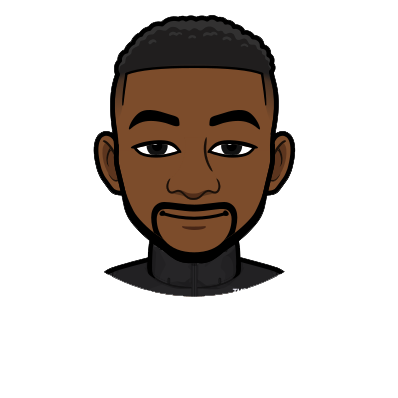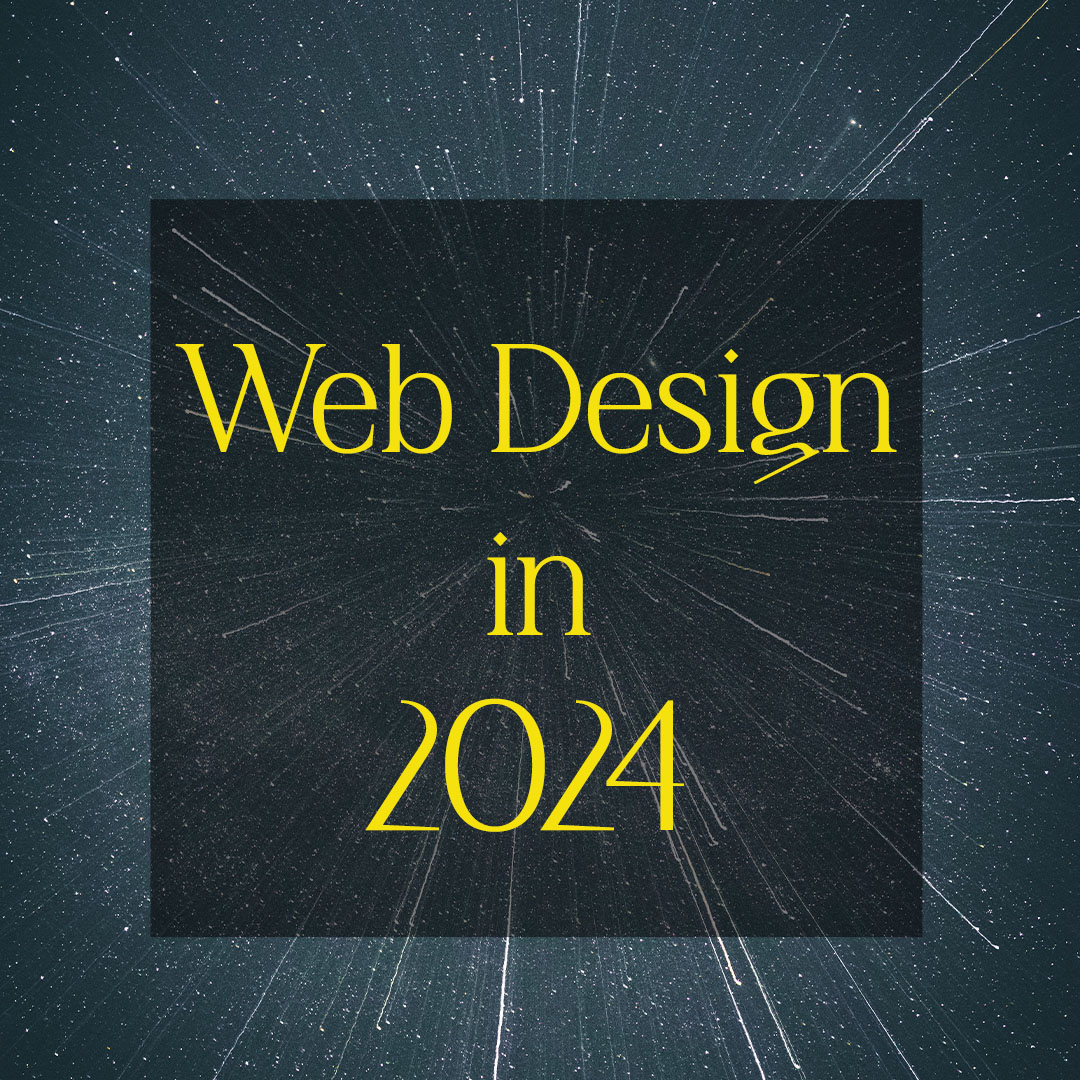As we step into the digital landscape of 2024, the world of web design continues to evolve, bringing forth exciting trends that redefine the way we experience and interact with websites. In this exploration, we’ll delve into the latest web design trends shaping the online aesthetic and user experience.
1. Immersive 3D Elements:
Web design in 2024 is embracing a new dimension with the widespread adoption of immersive 3D elements. From subtle animations to full-blown three-dimensional interfaces, websites are leveraging advanced technologies to create visually stunning and engaging user experiences. This trend not only adds a touch of realism but also enhances user engagement by making the digital space feel more tangible.
2. Dark Mode Dominance:
Dark mode isn’t merely a passing trend—it has become a design standard. Many websites and applications now offer a dark mode option to reduce eye strain and provide a sleek, modern aesthetic. In 2024, expect to see even more websites adopting dark mode as the default or offering users the choice to toggle between light and dark themes effortlessly.
3. Neumorphism and Soft UI:
A continuation from previous years, neumorphism, or soft UI, is gaining traction. This design approach involves creating interfaces that mimic real-world objects, with subtle shadows and highlights to add depth. Neumorphism provides a visually pleasing and intuitive user experience, making elements on the screen feel tangible and interactive.
4. Microinteractions for User Engagement:
Microinteractions are tiny, subtle animations or visual responses to user actions. From button hover effects to loading animations, microinteractions contribute to a more dynamic and engaging user experience. In 2024, designers would are focusing on creating meaningful microinteractions that not only delight users but also provide feedback and guidance throughout their interaction with the website.
5. Immersive Storytelling:
As attention spans continue to shrink, websites are turning to immersive storytelling to captivate users. This involves using multimedia elements, such as video backgrounds, interactive graphics, and parallax scrolling, to tell a compelling narrative. In 2024, we can expect to see more websites integrating storytelling techniques to convey their brand message in a memorable and impactful way.
6. AI-Driven Personalization:
Artificial intelligence is playing an increasingly prominent role in web design. AI algorithms analyze user behavior and preferences to deliver personalized content and recommendations. In 2024, expect websites to become more adept at tailoring the user experience based on individual preferences, creating a more personalized and relevant journey for each visitor.
7. Sustainability in Design:
With a growing awareness of environmental issues, web designers are incorporating sustainability into their practices. This includes optimizing website performance for energy efficiency, reducing carbon footprints, and using eco-friendly design elements. In 2024, the emphasis on sustainable web design is expected to rise, with more websites adopting environmentally conscious practices.
In conclusion, the web design landscape in 2024 is characterized by a fusion of innovation, technology, and user-centric principles. From immersive 3D elements to AI-driven personalization, these trends are shaping a digital experience that is not only visually appealing but also highly engaging and tailored to individual preferences. As we navigate this dynamic era of web design, one thing is certain—the future holds even more exciting possibilities for creating meaningful and memorable online experiences.


